The biggest telescope in the world
The largest optical telescope in the world is set in the Gran Telescopio Canarias which is located at the Roque de Los Muchachos Observatory. This observatory is established on the island of Palma in the Canary Islands in Spain. This telescope includes 36 individual mirrors that were adjusted together so that they can work as a single mirror. The diameter of this telescope is around 409 inches (10.4 meters).
Each of the 36 mirrors is shaped like a honeycomb. But when they are placed together, they act as a unified seamless mirror. It looks exactly like a hexagonal dungeon map or the cells or rooms of a honeycomb.
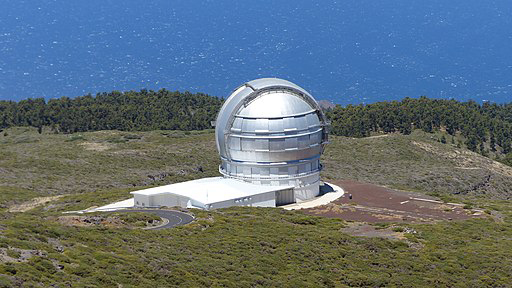
Fig 1: The outside view of the telescope Gran Telescopio Canarias [CC BY-SA 4.0]
The picture shows the dome where the telescope is placed. The dome acts as a protector for the telescope as it keeps it safe from dirt and outside elements and sudden bad weather like storms and others. It has rooms for astronomers so that they can work inside as well as carry on sky observation. If you look at the two lane roads on the left side of the dome, you will have an idea of how big it really is. You can see the shutter above the dome which can slide over the dome so that astronomers can open it when they need it and close it when they finish.
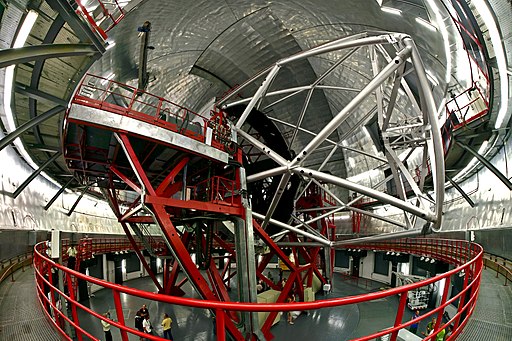
Fig 2: The inner view of the telescope Gran Telescopio Canarias [CC BY-SA 3.0]
The picture shows how the actual telescope looks from the inside. There is a hidden mirror on the left side. If you look at the size of the people roaming around, you will get an idea of how big it is inside. Besides, notice that the picture is a little bit distorted. The photographer could not fit the entire telescope in one image though he was inside as it was literally huge. So he used the fish eye lens to fit it all into one image which in turn made the photo distorted.
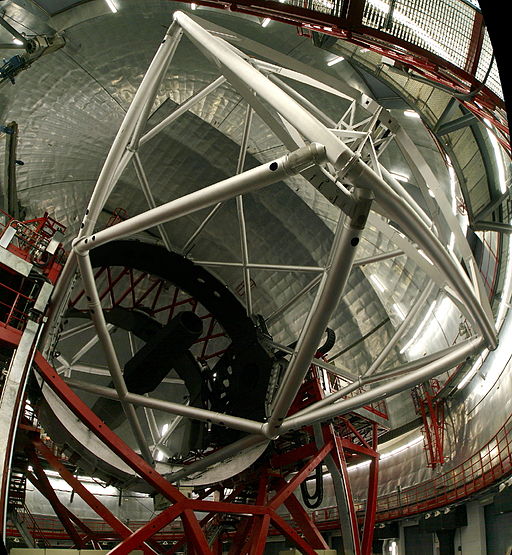
Fig 2: The mirror of the telescope Gran Telescopio Canarias [CC BY-SA 3.0]
You can see the mirror of the telescope (the circular section) in the lower left of the picture above. There is a structure of Black X’s circle around the mirror. The microphone like black thing is coming out of the center of the mirror.
Fascinating facts about the Gran Telescopio:
- The light gathering power of this telescope is 4 million times the human eye.
- The weight of the whole moving telescope is around 400 tons and only the primary mirror weighs around 17 tons. However, the design of the infrastructure of the telescope is so precise and amazing that the whole telescope can be moved by a light push of hand.
- The engineers needed whole 7 years to make it.
- The total cost to make this telescope is 130 million euros.
- Since its first opening, it was used to explore and research a myriad of night sky objects and astronomical events of our solar system, exoplanetary system, dark matters, distant galaxies, nebulae, and so on.
If you want to learn more about this Gran Telescopio, you can go through their official website: The GTC Official Website. If you want to learn even more, just watch some YouTube videos on this telescope and find personal experiences of people visiting this.
Other Bigger Telescopes
As we mentioned earlier, the Gran Telescopio is the biggest optical telescope on the earth that uses mirrors and that can see everything in the optical range of human beings. You may find some bigger telescopes, but do not get confused about that because all telescopes are not optical. That means all telescopes are not comparable to the Gran Telescopio.
You may have heard the name of the RATAN-600 Radio telescope situated in Zelenchukskaya Russia. This is bigger than the Gran Telescopio, but the thing is the RATAN-600 is not an optical telescope. It is a radio telescope that only collects radio waves and acts just like a dish antenna of television. The RATAN-600 is a series of radio reflectors that combinedly looks like a ring of 576 meters.

Fig 3: The RATAN-600 Telescope [CC BY 3.0]
The picture above shows you how amazingly big the RATAN-600 is. But it really does not look like the telescope that we are used to seeing. That is why though the RATAN-600 is bigger than the Gran Telescopio, it is not the biggest telescope on the earth.
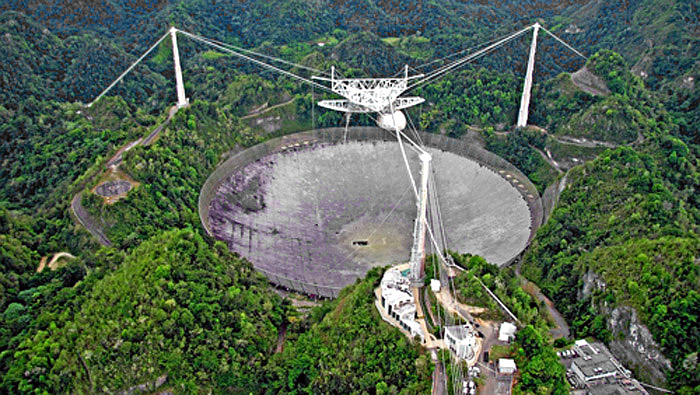
Fig 4: Arecibo radio telescope (1000 ft)
The European Extremely Large Telescope (ELT)
Till now we could establish that the Gran Telescopio is the largest telescope in the world. But scientists and engineers are working to make a bigger one. It is now under construction and hopefully will active in 2025. The name of this telescope is The European Extremely Large Telescope (ELT) and you will be amazed by the fact that the preliminary work for this was started in 2000.
The European Extremely Large Telescope (ELT) is an optical telescope with mirrors. The mirror is shaped like a honeycombed combination similar to the Gran Telescopio with some amazing improved engineering features. The diameter of the Gran Telescopio is 10.4 meters whereas this telescope will have a diameter of 39 meters. You can guess the difference between the images they can make.
This telescope is being built on the Cerro Armazones mountain in Chile’s Atacama desert. Once it is active, it will be the largest telescope on earth ever built in the history of human civilization. And hopefully, it will hold this uncontested position for decades at least as a telescope like this needs decades to built. So even if another project like this starts, it will take decades to finish and conquer.
In the preliminary work when it started in 2000, many things were different than now in the design. At that time a lot of conceptual designs and issues were there. But in the following years, they brought many changes in it. Finally, it began to take its form from 2006. So the total work took around 20-25 years.
You can learn more about this telescope from their official website: The ELT Website.
40 inches Yerkes telescope
Yerkes telescope is one of the oldest large telescopes. It is situated in Williams Bay Wisconsin, Chicago. It was established in 1897 but it was closed to the public in 2018. Whether it will open or not is not certain yet. It is now a part of the University of Chicago Dept of Astronomy and Astrophysics. A group is working hard and trying to save it but it is not sure whether they will be successful or not. This telescope was kind of different because it did not have any mirrors. It used a lens that is 40 inches in diameter which made it the largest telescope in the world when it was active for astronomical use. Whatever, some astronomers who used it feel really nostalgic about this telescope.
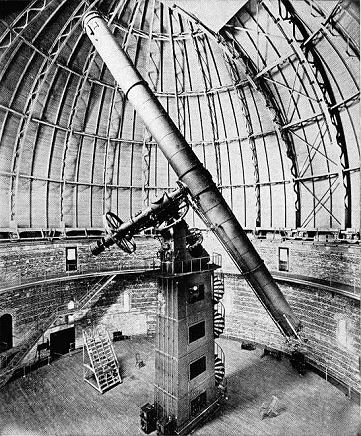
Fig 5: 40 inches Yerkes telescope
At that time, the telescopes that used lenses were widely used and popular among astronomers. But nowadays large telescopes are made with mirrors as we can design significantly large telescopes with mirrors. Because Lenses can not be made bigger than 40 inches as the heavy weight of the glass results in distortion in the images.
